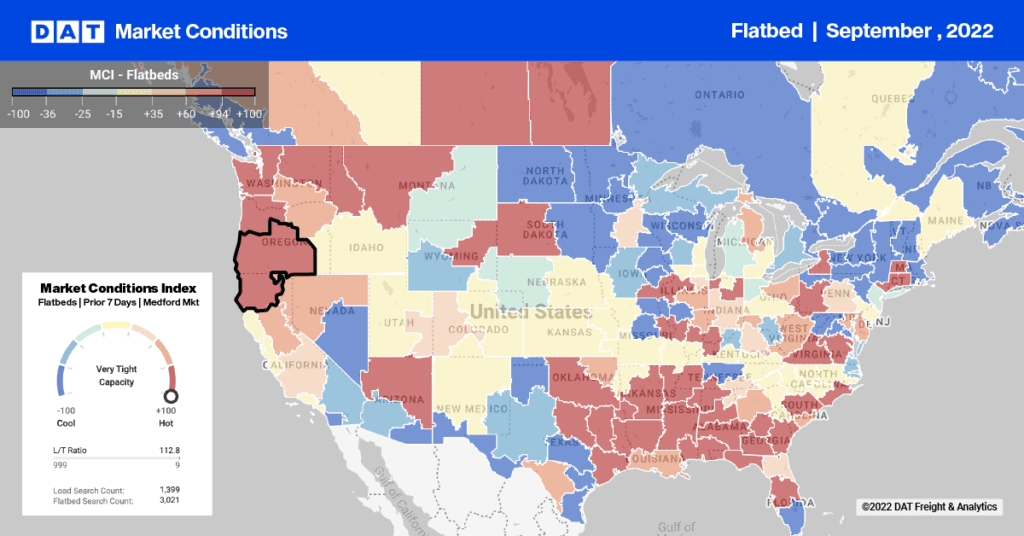You know how to come up with a price for your trucks, but what if you knew the average of everyone else’s prices? Some companies will say that they can tell you, with rate tools and third-party pricing benchmarks. That’s valuable information, increasing transparency to negotiations between carriers and load providers, and it eliminates lot of the hassle that comes with haggling.
But the data in these rate tools is only valuable if it’s accurate, so how do you know if you can trust the numbers?
Not all rates are created equal. Here are five things to look for when looking at the numbers:
1. How Was the Data Collected?
Coming up with a market rate for a particular lane means collecting lots of data, and nothing matters more than where that data comes from. Rates based on bids or collected from freight factoring companies don’t often paint an accurate picture of the market.
Bids usually begin intentionally low or high (depending on who’s submitting the bid), with the expectation of negotiating up or down to where the final price will be. Factored invoices can often include below-market rates since a company submitting an invoice for factoring might be doing so because they’re cash-strapped enough to accept a lower rate.
Rates based on those criteria are guesses at best. To get real insight into market trends, look for data based on actual transactions among shippers, brokers, and carriers.
2. Is It a Contract or Spot Rate?
While knowing the contract rate for a lane is useful, it doesn’t necessarily let you know what the market conditions are for that lane right now. A contract for a highly seasonal lane could be well below the spot market rate when demand is high, and vice versa.

DAT RateView provides a 13-month lane rate history and a historical overview of the balance between freight availability and capacity, so you can predict future rate trends in the lane.
And while movement in contract rates tends to be slow and steady, spot market rates can be dynamic for exception freight, changing daily based on freight availability, capacity, and even weather. Spot market trends are also an early indicator of where contract rates are headed, so a 13-month spot rate history for a lane provides context when bidding on a shipper’s RFP.
3. How Wide is the Range?
There might be times when a spot market rate doesn’t necessarily reflect what you’re getting for loads in that same lane – especially if there’s a wide range of prices that contributed to that average linehaul rate – but the reference lets you gauge whether your prices are competitive. When looking up the rate history for a lane in a tool like DAT RateView, you can view the range of rates submitted to DAT, as well as the number of companies and reports that contributed to each average.
4. How Much Data Was Collected?

DAT RateView lets you to control the time frame and geographic parameters of the rate display, so you can compare last week’s rate with the yearly average, and define the origin and destination by 3-digit zip, metropolitan area or region.
Accurate freight rates are based on actual transactions, and the more transactions there are in the data, the more accurate the price benchmark will be. Recent history matters, too. Prices based on transactions submitted in the past 15 days give better up-to-the-minute prices than an average rate based on 90 days. The same is true of geography: A narrowly defined origin or destination will yield a more precise result.
5. Is the Fuel Surcharge Included?
To keep changes in fuel separate from other market conditions, it’s common to use a linehaul rate that excludes fuel surcharge. When looking at a linehaul rate, be sure you know what the fuel surcharge is so you can understand the total rate. When fuel prices are dropping, you may find that market linehaul rates are increasing, and you’ll have an opportunity to earn more without increasing total rates to your customer.
For more information about DAT RateView, contact our award-winning customer support team by filling out this form, or call 800-551-8847.


